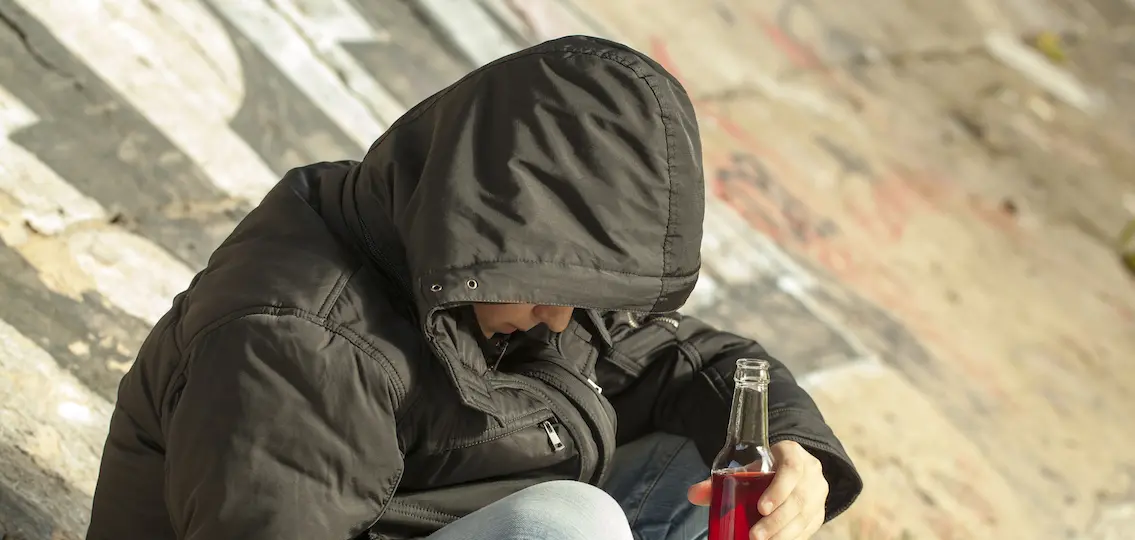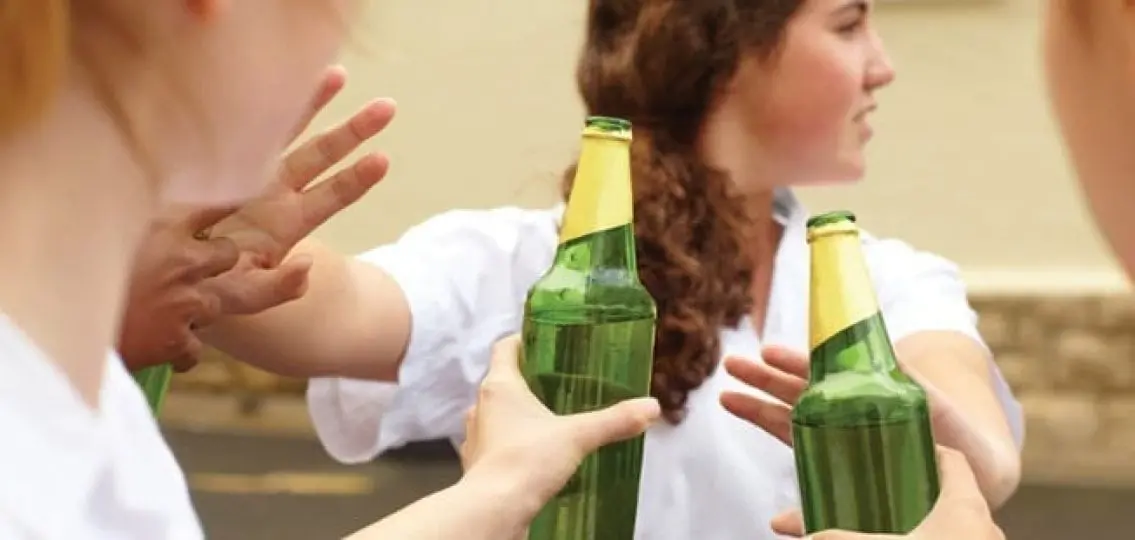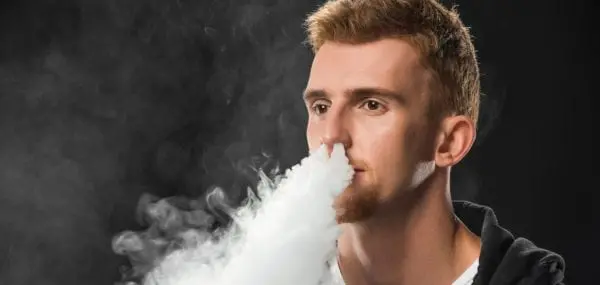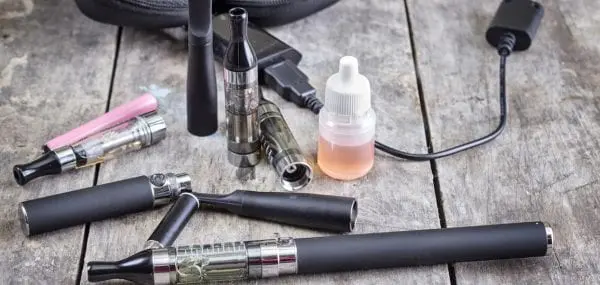While the majority of teenagers won’t start experimenting with drugs and alcohol until at least high school, some do begin exploration in middle school. According to University of Michigan’s 2018 Monitoring the Future Study, about 13% of 8th-graders use illicit drugs, with alcohol, marijuana, and inhalants being the substances most used.

Over the past decade or so, researchers have learned what early use of drugs and alcohol can do to the developing brain. Unfortunately, adolescents who use such substances before the age of 15 are five times more likely to develop addictions.
As neuroscientist Dr. Frances Jensen explains in her book, The Teenage Brain, an adolescent’s brain learns more easily than a mature adult brain, which is why your teenager can memorize an entire year’s worth of American history in a weekend. But it also means your adolescent’s brain will “learn” more easily—and permanently—to become dependent on drugs and alcohol.
That’s why it’s so important to be direct about your concerns and expectation with your middle schooler and to create a home environment that sends a very clear message about using drugs.
How to Talk to Middle Schoolers about Drugs
1. Explain your expectations frequently.
First and foremost, start the conversation in middle school with your 12, 13, and 14-year-old about drinking and drugs. Make clear that you expect that they will NOT use drugs or alcohol.
Asking adolescents to just say no to drugs and alcohol is not enough. Parents must do it for them. At this stage of life especially, the rewards of using drugs and alcohol — often popularity with peers — outweigh your adolescent’s ability to say no.
2. Limit opportunities for experimentation.
Keep your middle schooler away from any opportunity to experiment. Make sure your middle schooler is in healthy, supervised activities during the summer and after school. Also make sure parties are being supervised by other adults.
3. Limit access.
If you smoke, don’t leave your cigarettes (or marijuana) around. Likewise, be cautious with your liquor supply and never keep prescription painkillers in an accessible spot.
4. Practice how to handle uncomfortable situations.
Help your middle schooler think of what she might say if offered alcohol or drugs by a peer (particularly a popular one). Also, consider having a code word or phrase your adolescent can text you when she needs you to pick her up immediately.
5. Be careful what you’re modeling.
Remember adolescents follow the model, not the rule. If you’re struggling with substance use issues, get help.





